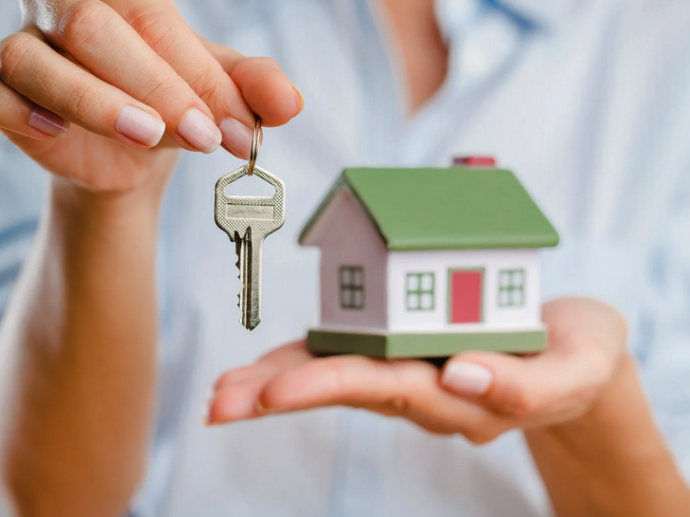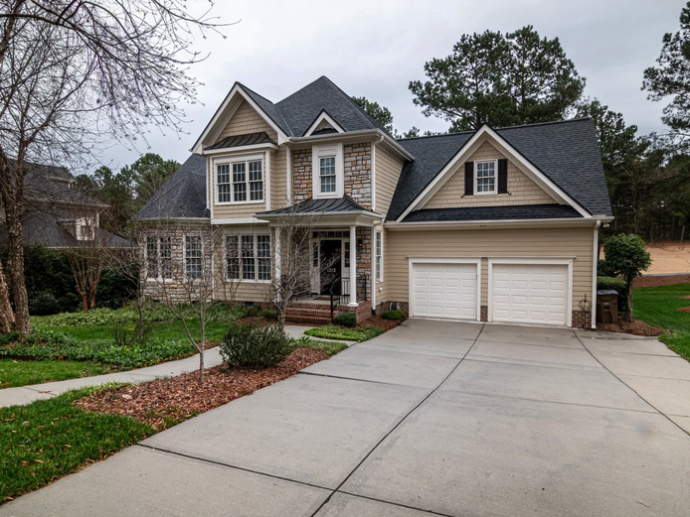Categories more
- Adventures (17)
- Arts / Collectables (15)
- Automotive (37)
- Aviation (11)
- Bath, Body, & Health (77)
- Children (6)
- Cigars / Spirits (32)
- Cuisine (16)
- Design/Architecture (22)
- Electronics (13)
- Entertainment (4)
- Event Planning (5)
- Fashion (46)
- Finance (9)
- Gifts / Misc (6)
- Home Decor (45)
- Jewelry (41)
- Pets (3)
- Philanthropy (1)
- Real Estate (16)
- Services (23)
- Sports / Golf (14)
- Vacation / Travel (60)
- Watches / Pens (15)
- Wines / Vines (24)
- Yachting / Boating (17)
5 Key Tips That Home Sellers Don't Know
Published
09/23/2025Selling a home is more complex than simply listing it online and waiting for offers to roll in. Many sellers underestimate the preparation, strategy, and timing required to achieve the best price. Understanding what buyers look for and how the market works can make a significant difference in both speed and profitability. Below are five key tips that most home sellers overlook, along with practical insights to help you navigate the process with confidence.
1. Timing the Market Matters More Than You Think
Many homeowners assume they can sell at any time of year with the same results. While properties can sell year-round, certain seasons bring stronger demand. For example, spring and early summer typically see a surge of buyers motivated by better weather and school-year planning. In Canada, sales often peak between April and June, with listings drawing more interest and sometimes higher offers.
However, timing is not only about seasons. Interest rates, local inventory, and buyer demand in your area play an equally important role. If rates are rising, waiting too long could shrink your pool of qualified buyers. On the other hand, if inventory is low, even a winter listing could spark competitive offers. This is where guidance from a real estate agent with local market expertise can help. They can analyze neighbourhood trends and advise whether it’s better to list now or wait for a more favourable window.
2. Small Repairs Have a Big Payoff
Sellers often underestimate how much small details affect a buyer’s impression. A dripping faucet, cracked tile, or chipped paint can signal neglect, even if the home is otherwise in good condition. Addressing minor repairs before listing can make a big difference in perceived value.
According to the National Association of Realtors (NAR), homes in good repair sell for an average of 2–5 percent more compared to similar properties that require visible fixes. For a $600,000 home, that’s a potential $12,000 to $30,000 difference. Simple, affordable updates like fixing cabinet handles, resealing caulking, or replacing outdated light fixtures can deliver a strong return on investment.
It’s also important to consider safety and compliance. Ensure smoke detectors are working, railings are secure, and electrical outlets are up to code. A smooth home inspection later in the process helps prevent buyers from renegotiating or backing out.
3. Staging Isn’t Just for Luxury Homes
Some sellers believe staging is an unnecessary expense. In reality, professional staging or even light DIY staging can influence how quickly a property sells and at what price. The goal is not to decorate your home, but to showcase space, flow, and potential.
Research by the Real Estate Staging Association (RESA) shows that staged homes spend 73 percent less time on the market compared to non-staged properties. Staging highlights features buyers might overlook, such as natural light, spacious layouts, or versatile rooms. Even small changes, such as rearranging furniture, adding neutral décor, or removing personal items, can help buyers picture themselves living there.
You don’t always need a professional stager. Simple adjustments like decluttering counters, opening curtains, and adding fresh plants can make a home more inviting. For vacant homes, virtual staging is also an affordable option that makes online listings more appealing.
4. Pricing Strategically Is Critical
One of the most common mistakes sellers make is pricing their home too high, hoping to “test the market.” Overpricing often backfires, leading to fewer showings and extended days on market. Once a listing goes stale, buyers may assume something is wrong with the property, even if it’s in excellent condition.
A strategic approach is to price competitively based on recent comparable sales in your neighbourhood. This doesn’t mean underpricing your home, but positioning it within the range that attracts the maximum number of qualified buyers. Competitive pricing can even spark bidding wars, often resulting in a higher final sale price than if you had listed too high initially.
Statistics from the Canadian Real Estate Association (CREA) show that homes priced correctly from the start sell faster and closer to the asking price. A property listed 5–10 percent above fair market value is far more likely to sit unsold than one listed accurately.
5. Marketing Goes Beyond Listing Online
Many sellers think simply putting their home on a real estate website is enough. While online exposure is essential, a multi-channel marketing strategy can significantly improve your reach.
Professional photography, 3D tours, and high-quality video walk-throughs create a powerful first impression. According to Zillow, listings with professional photos receive 118 percent more online views compared to those with amateur shots.
Beyond digital listings, effective marketing may include targeted social media ads, open houses, neighbourhood flyers, and email campaigns. In some cases, networking with other agents brings in buyers before the home even hits the open market. The goal is to generate buzz and attract as many eyes as possible, both online and offline.
Putting It All Together
Selling your home is one of the largest financial decisions you will make. Success depends on preparation, strategy, and a clear understanding of buyer psychology. By paying attention to timing, handling repairs, staging effectively, pricing strategically, and investing in strong marketing, you can maximize both speed and profit.
Remember, you don’t need to navigate the process alone. Consulting with a trusted professional can help you avoid pitfalls and focus on the strategies that make the biggest impact.

















